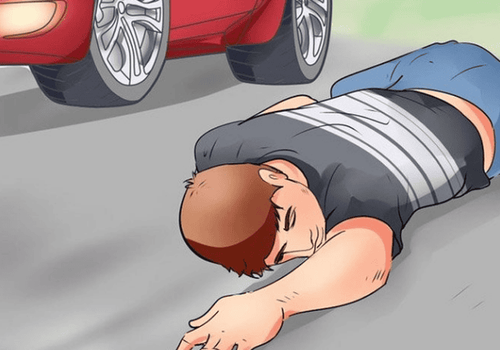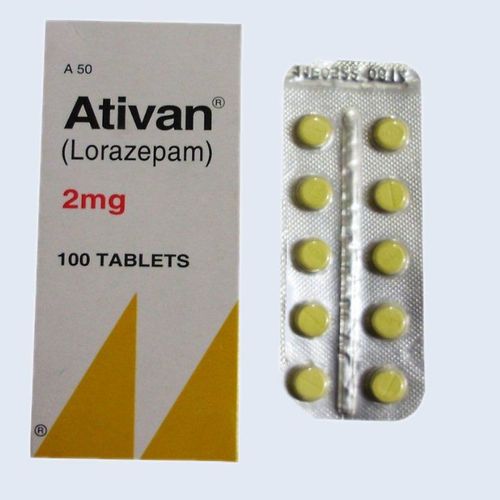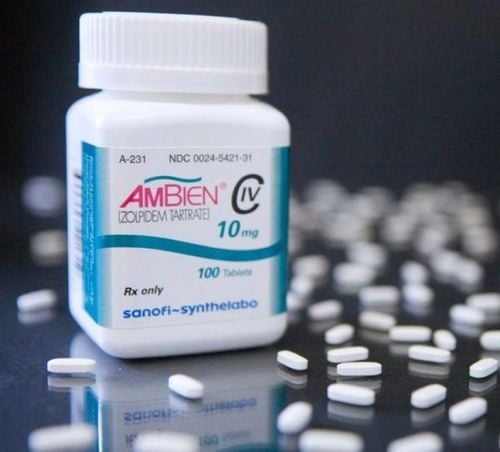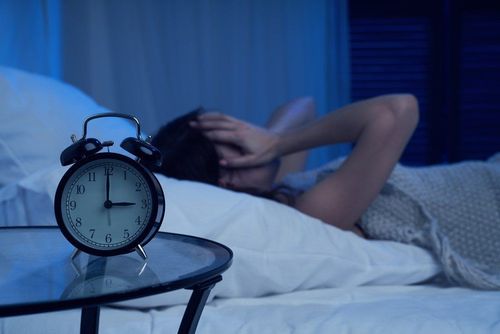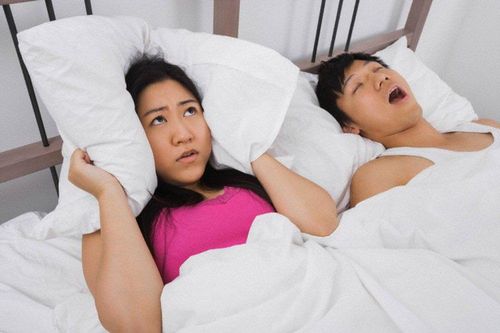This is an automatically translated article.
Posted by Master, Doctor Nguyen Ngoc Bach - Respiratory Specialist - Respiratory Unit - Allergy and Clinical Immunology - Vinmec Times City International Hospital
Drowsiness while driving can leave many serious consequences, especially this is the main cause of consecutive traffic accidents in recent years. So who is at risk of falling asleep while driving?
1. The current situation of falling asleep while driving
Drowsiness while driving often causes serious accidents, affecting people as well as economic property. In polls conducted by the National Sleep Foundation and other organizations, about 60% of drivers admit to driving while feeling drowsy, around 40% have nodded or fell asleep while driving. years ago and about a quarter reported drowsy driving at least once per month. Among teenagers, 50 to 70 percent admit to drowsy driving in the past year, and 15 percent report doing so at least once per week. Self-reported drowsiness while driving was associated with a 2.5-fold increase in relative motor vehicle accident risk.
Drowsy driving accounts for about one in six major causes of accidents and one in eight accidents that result in driver or passenger hospitalisation. This high percentage is consistent with the observation that drowsy driving crashes occur at high speeds, where avoidance maneuvers such as braking or turning can be minimized. accident.
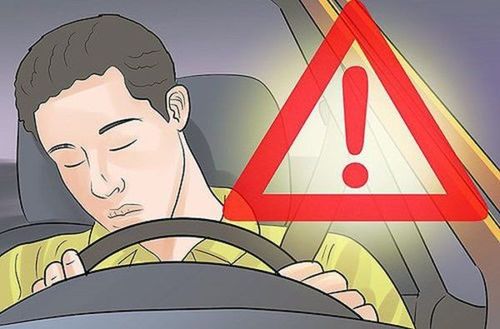
Ngủ gật tiềm ẩn nhiều hiểm hoạ khi lái xe
Drowsy driving accounts for about one in six major causes of accidents and one in eight accidents that result in driver or passenger hospitalisation. This high percentage is consistent with the observation that drowsy driving crashes occur at high speeds, where avoidance maneuvers such as braking or turning can be minimized. accident.
Reports of drowsy driving accidents can be low, as drivers may not be aware and report their drowsiness when reporting. In addition, many law enforcement officers are not sufficiently trained to recognize drowsy and post-crash crashes. When an alcohol-related accident is involved, reports of drowsy are often not included in the report either.
A nature study using in-vehicle video cameras to assess sleepiness found that sleepiness was a factor in 10% of all crashes and in 11% of crashes resulting in damage substantial property.
Drowsiness impairs a wide range of cognitive functions that are important for driving, including judgment, attention, control function, processing speed, alertness, reaction speed and coordination muscle. These cognitive effects can appear even during brief naps lasting from a fraction of a second to 30 seconds.
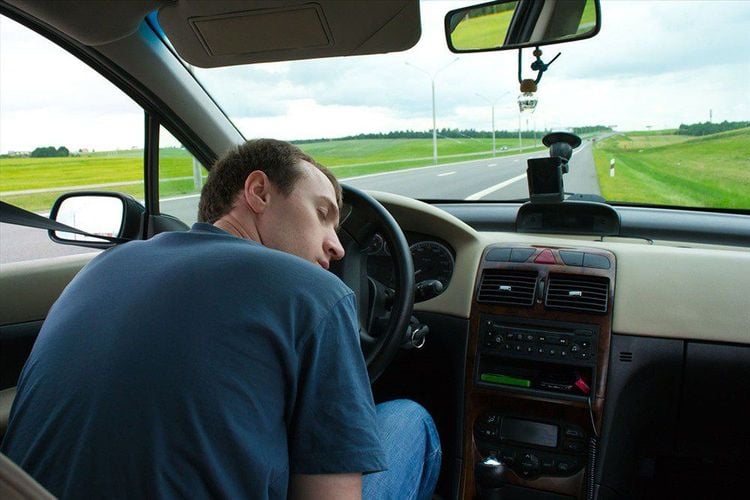
Một số đối tượng thuộc nhóm nguy cơ cao buồn ngủ khi lái xe
During a nap, an individual experiences a temporary loss of consciousness and is unable to respond to sensory stimuli. An electroencephalogram (EEG) demonstrates sleep in the theta wave range (4 to 7 Hz) superimposed on the background of an awake (alpha) rhythm (8 to 12 Hz). Although, there is EEG evidence of sleep, most individuals are unaware of a microsleep and believe they are awake. Behavioral manifestations of this sleep include nodding, slow eyelid closing, and eyelid drooping.
In driving simulator tests, sleep-deprived subjects had more lane deviations (driving) and more simulated crashes than well-rested subjects. Similar effects were observed in patients with chronic sleep disruption due to untreated sleep disorders such as obstructive sleep apnea (OSA).
Circadian rhythm factors also affect driving performance. Doze accidents tend to coincide with times of peak sleep needs: early morning (midnight to 7 a.m.) and mid-afternoon (3 p.m.). These observations are most evident among younger drivers. Inter-individual differences may also play a role in driving performance, as healthy adults show marked differences in neuromotor performance following sleep deprivation.
2.Who is at risk of falling asleep while driving?
While drowsy driving is a common problem that can occur in any driver's situation, there are certain groups that are considered high risk, including young drivers, patients with sleep disorders such as obstructive sleep apnea (OSA) and narcolepsy and commercial driving...

Thói quen thức khuya là nguyên nhân khiến lái xe trẻ tuổi dễ lái xe buồn ngủ
2.1. Teen drivers and young adults
Young drivers are at particularly high risk for crashes involving drowsy driving. In a US study examining more than 4000 drowsy driving crashes, drivers aged 16 to 24, mostly men, accounted for more than half of the crashes. Many factors can contribute to the risk of drowsy driving accidents among teenagers, including: For young people, sleep time may be lacking in conditions of intense work or study, along with Young people have many hobbies, so they often go to bed late, stay up late, in order to have time to study and work, they have to wake up early. More than half of teens reported getting less than the recommended amount of sleep each night. Other factors influence such as lifestyle, work and homework assignments, after school activities, sports, work and social activities.
2.2. Use of alcohol and other stimulants
Drive at times of the day when sleepiness tends to be most pronounced, i.e. mornings and afternoons, during work and school, late nights on weekends and after social events.
More susceptible to sleep deprivation. On average, young people react faster than older people. However, after a lack of sleep, younger drivers had much slower reaction times than older drivers. Sleep deprivation can also impair executive function, leading to impulsivity, aggression, and risky decision-making.

Sử dụng rượu bia khi lái xe là nguyên nhân gây ra những cơn buồn ngủ và tai nạn
2.3. Sleep apnea and other sleep disorders
Sleep apnea syndrome (OSA) increases the risk of an accident two to three times. In a meta-analysis of 16 observational studies, most of which were retrospective, the relative accident risk in patients with OSA compared with controls was 2.4. Consistently identified factors associated with increased risk were body mass index, apnea index, and decreased hypoxia degree. The presence of daytime sleepiness predicts the risk of falling asleep, but several other studies have shown that even though drivers do not report feeling drowsy in traffic, they do not eliminate the risk of accidents. Other risk factors that increase the risk include advanced age and concomitant use of alcohol or sedatives.
Patients with other sleep disorders: narcolepsy or chronic insomnia may also be at increased risk of drowsy driving accidents, although data are more limited.
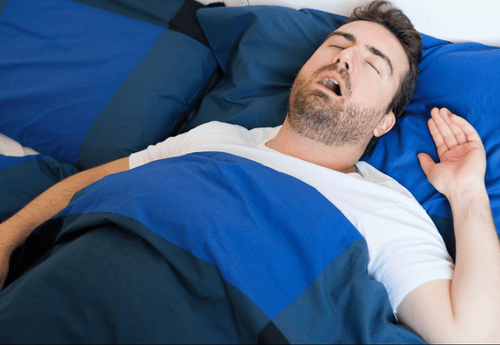
Hội chứng ngưng thở khi ngủ làm tăng nguy cơ bị tai nạn từ hai đến ba lần
2.4. Neuroleptics
Many classes of drugs can cause drowsiness, including benzodiazepines, opiates, tranquilizers, anticonvulsants, antihistamines, antidepressants. These drugs carry a risk of drowsiness when driving alone and especially in combination with other medications.
At-risk groups, especially those receiving a new or increased dose of the drug; people who are using more than one type of sedative, people who are using high doses of sedatives, and the elderly.
One study in older adults found that the risk of a traffic accident was increased by nearly 50% in the first week after starting treatment with a benzodiazepine. Many studies show an increased risk also associated with antidepressant or drug use.
2.5 Commercial driving
Commercial drivers have been identified as a group at high risk for loss of consciousness while riding and its consequences. Contributing factors include lack of sleep, driving overnight (at a time when the body has the highest sleep needs), and a high prevalence of OSA.
In a poll of transportation workers, 20% admitted to driving while drowsy in the past 1 month. Another study found that 14 percent of long-haul commercial truck drivers sleep an average of less than five hours a day.
OSA is a common cause of daytime sleepiness and a risk factor for loss of alertness while driving. The rates of sleep apnea reported among commercial truck drivers are very high, ranging from 28 to 80%. The prevalence is high among commercial truck drivers who are male, middle-aged and overweight.
Some countries require: Commercial motorists have their own standards to assess their health status for traffic work, based on the fact that accidents involving commercial vehicles are high risk risks leading to consequences for themselves and the community, increasing social costs.

Lái xe thương mại là nhóm đối tượng dễ mất tỉnh táo khi lái xe
2.6. Other high-risk occupations
Medical home workers: This is a group of occupations with a high risk of drowsy driving accidents when working long shifts and night shifts. These findings have been corroborated in driver simulation studies and have contributed to working hour regulations that limit the number of extended shifts and weekly work hours for interns.
Law enforcement officers: A study evaluated nearly 5000 state and local law enforcement officers in the United States and Canada for sleep disturbances and somnolence. A total of 40% of screenings were positive for sleep disorder; 46% admit to falling asleep while driving, and 26% say this has happened once or twice in the past month.
Night or Rotating Shift Workers: Night and rotational workers are at higher risk of mistakes and accidents, including accidents, due to insufficient sleep, because they may be able to drive home on Early in the morning, because of the circadian rhythm this is a time of high sleep demand.

Công nhân làm ca đêm là đối tượng dễ có nguy cơ ngủ gật khi lái xe
There are many subjects that can cause drowsiness while driving, based on occupational factors, shift time, medical declaration ... can be realized. People with job specific needs should receive advice and be monitored if falling asleep while driving could have consequences for many people. Many conditions such as: sleep apnea syndrome, use of neuroleptic drugs can be medical intervention and alertness while driving will improve. In addition, there are many educational and social solutions to prevent accidents caused by drowsiness affecting vehicle drivers.
Traffic accidents often leave unfortunate consequences for people and economic property. Therefore, it is necessary to recognize and treat symptoms of drowsiness while driving.
Currently, Vinmec International General Hospital has been and continues to deploy a screening package for sleep apnea syndrome for many customers, including those with symptoms such as snoring, sadness Excessive daytime sleep, fatigue, lack of concentration, sleep disturbances, sleep apnea, ... especially drivers who often sleep at the wrong time.
With a team of qualified, experienced doctors and nurses, who have many years of work in the profession, they will give you the most effective advice and treatment regimen for you.
Customers wishing to be examined at Vinmec International General Hospital can register for an examination at the nationwide Vinmec Hospital and Clinic system HERE.





